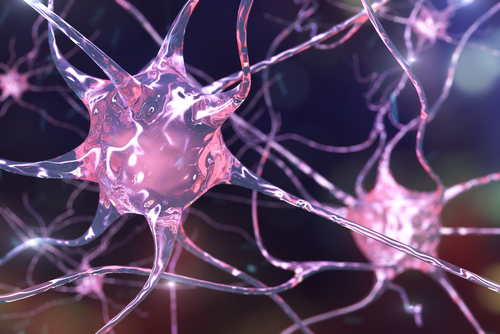Cognitive, Pathological Changes Seen in Parkinson’s and Dementia with Lewy Bodies, Rat Study Shows

A newly developed rat model combining elevated levels of alpha synuclein — a key protein in both Parkinson’s disease dementia (PDD) and dementia with Lewy bodies (DLB) — and related pathological changes may provide new insights into both disorders, according to a new study.
The research, “Cognitive and histopathological phenotypes in new rat models of cortical synucleinopathy,” was presented during the 2018 World Congress on Parkinson’s Disease and Related Disorders (IAPRD), held in Lyon, France.
Both PDD and DLB patients typically exhibit Lewy bodies, which are aggregates primarily formed by long strands, or fibrils, of alpha-synuclein, in the cerebral cortex. However, whether these clumps are associated with cognitive decline remains unknown.
To gain better insight of this potential link, scientists need new animal models where induction of cortical alpha-synuclein-mediated mechanisms can be induced under controlled conditions.
The team at Lund University, in Sweden, evaluated two rat models. One consisted of bilateral injections of modified, harmless viruses called adeno-associated viral vectors (AAV), that contained the gene coding for a normal human alpha-synuclein (AAV-syn). The injections were made directly into the rats’ medial prefrontal cortex (mPFC), a brain region with key importance in memory.
The other model also included AAV injections, which were followed shortly by administration of fibrils of human alpha-synuclein into another different brain area called striatum, which is critical in the control of movement and in cognition. Injection of alpha-synuclein fibrils is a common strategy (called seeding) to induce alpha-synuclein pathology in animal studies.
Want to learn more about the latest research in Parkinson’s Disease? Ask your questions in our research forum.
Two tests of prefrontal cognitive functions were conducted. The team also evaluated the levels of neurons, human alpha-synuclein, and a specific form — called phosphorylated — of alpha-synuclein, previously implicated in neurodegeneration in preclinical studies of Parkinson’s.
The results showed that while rats undergoing AAV-syn injections exhibited unchanged performance in their cognitive tasks, those given AAV-syn and alpha-synuclein fibrils revealed significant deficits in both tests.
Alpha-synuclein levels were high in cell bodies and nerve fibers of medial prefrontal cortex neurons (associated with memory) in both models. Analysis of phosphorylated alpha-synuclein revealed extensive cell body and nerve fibers’ aggregates in rats administered with both AAV-syn and fibrils, while in those injected with AAV-syn, these aggregates were restricted to medial prefrontal cortex cell bodies (the area into which they were directly injected).
Also, rats injected with AAV-syn and fibrils showed abundant degeneration of dendrites — a type of extension on nerve cells that receives stimulation for the cell to become active — and a marked decrease of medial prefrontal cortex neurons.
“Our data suggest that cortical overexpression of human [alpha-synuclein] is not sufficient to produce cognitive dysfunction,” researchers wrote.
They added that the combination of alpha-synuclein over-expression and pathology induced by the fibrils leads to both cognitive and tissue changes “that are relevant to PDD/DLB.”






